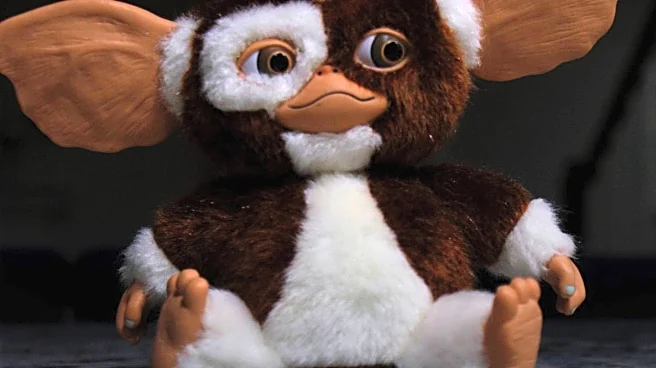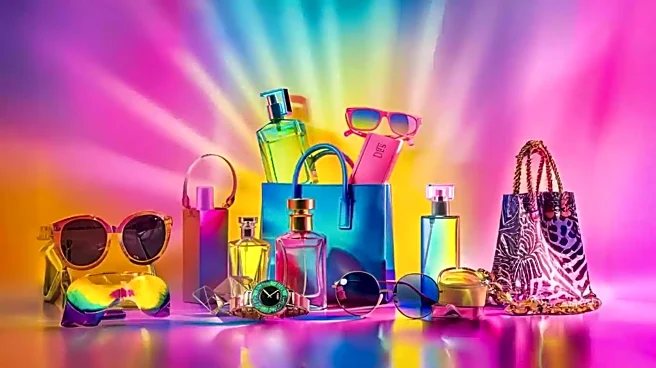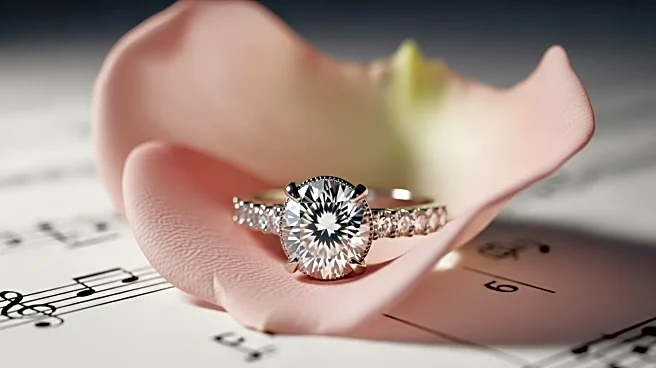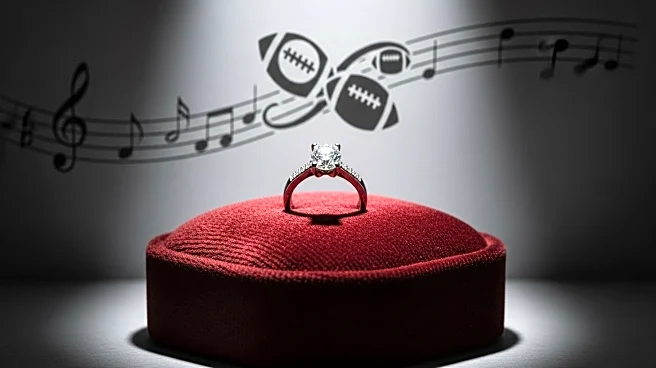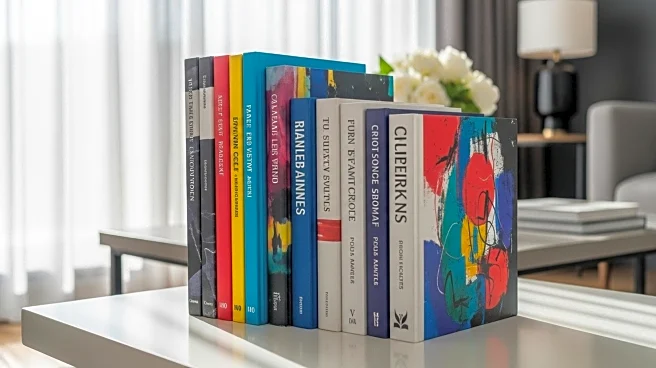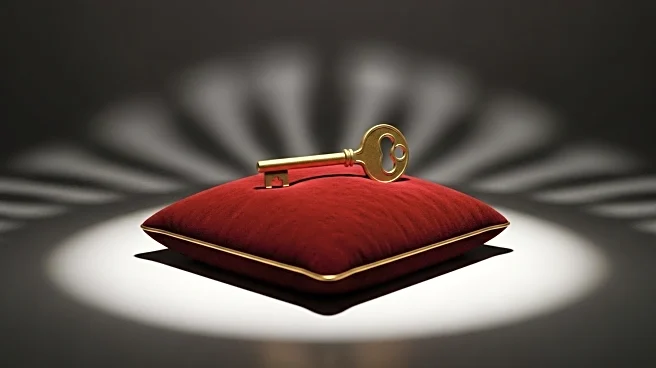What's Happening?
Spirit Halloween has launched a new line of collectible dolls featuring iconic horror characters reimagined in a style reminiscent of Baby Yoda. The collection includes miniaturized versions of characters such as Chucky, Ghostface, Michael Myers, Leatherface, and Pennywise, among others. These 'Horror Babies' are available in various sizes, with prices ranging from $15 for smaller models to $55 for larger, more detailed versions. The dolls are crafted from foam filled with latex and are available both online and in select Spirit Halloween stores. This new line is expected to appeal to both horror enthusiasts and collectors, offering a playful twist on classic horror figures.
Why It's Important?
The introduction of these 'Horror Babies' taps into the growing trend of reimagining popular characters in a more approachable, collectible format. This strategy has proven successful in other franchises, notably with the popularity of Baby Yoda from Star Wars. By capitalizing on this trend, Spirit Halloween is likely to attract a broader audience, including younger fans and collectors who appreciate the novelty and cuteness of these figures. This move could also boost sales for Spirit Halloween, especially during the Halloween season, as fans seek unique and themed decorations and collectibles.
What's Next?
As the Halloween season approaches, Spirit Halloween is expected to see increased foot traffic and online sales, driven by the popularity of these new collectibles. The company may also consider expanding the line with additional characters or limited edition releases to maintain consumer interest. Collectors and fans will likely keep an eye out for any announcements regarding new additions or exclusive releases, which could further drive demand and engagement with the brand.
Beyond the Headlines
This trend of 'cuteness aggression' in horror collectibles reflects a broader cultural shift towards blending genres and appealing to diverse audiences. It raises interesting questions about the commercialization of horror and how traditional horror elements are being adapted for mainstream consumption. This could lead to a reevaluation of how horror is marketed and consumed, potentially influencing future media and merchandise strategies.
